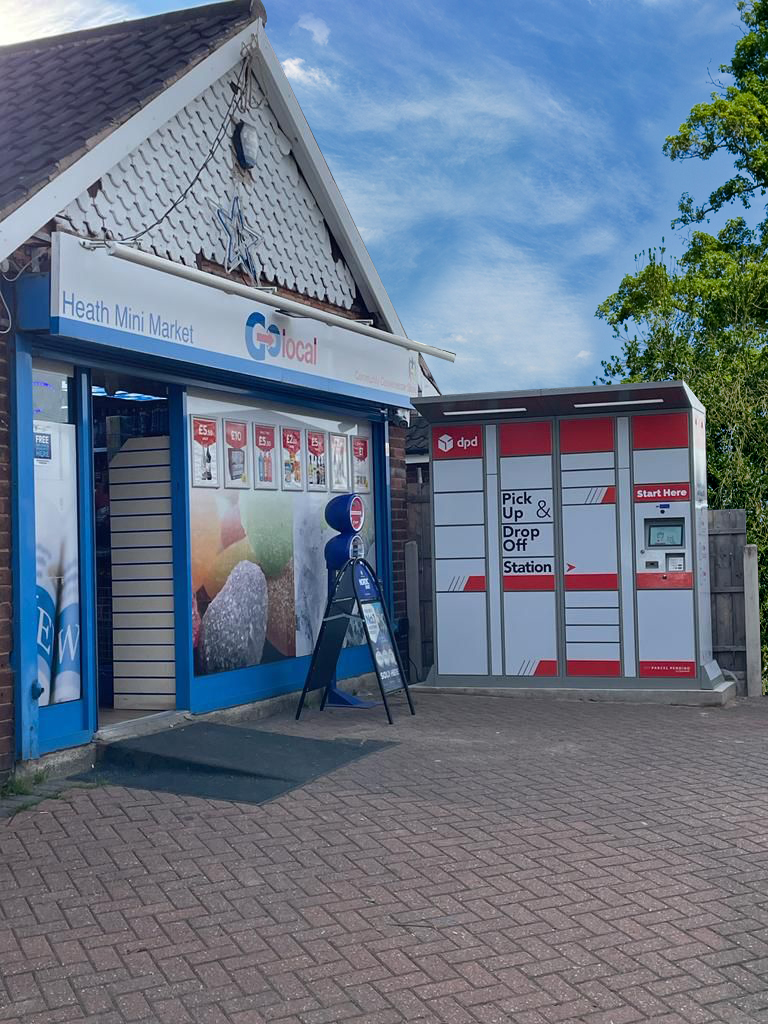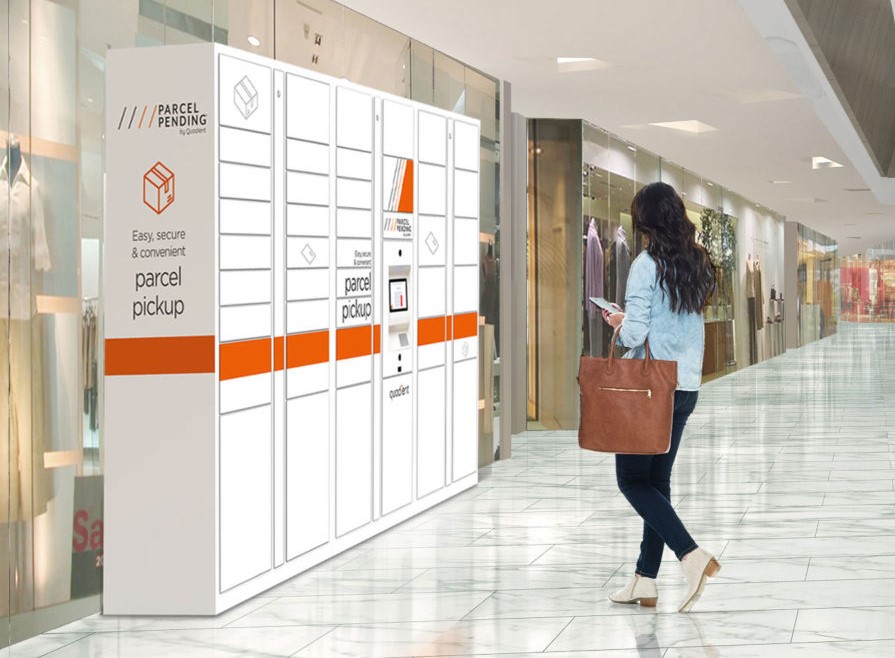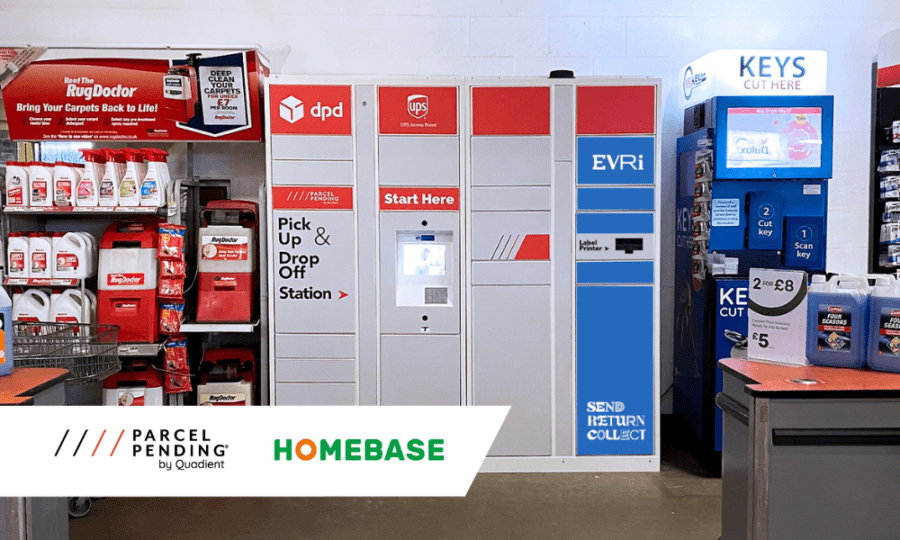
Our Blog
Apartment Blocks: the Parcel Delivery Challenge
3 Min Read
Written by: pdm
In the past few years, managed rental properties, such as apartment blocks, have experienced an increase in the volume of parcels being delivered to them. This is largely due to the convenience of online shopping, which is often coupled with other benefits, such as free and next-day delivery.
The increase in deliveries has come to prominence in recent months, with people spending more time at home as result of the shutdown of many businesses and shops, as well as the travel restrictions that have been in place. The importance of online shopping, which was already a popular option, has increase dramatically. What’s more, there has also been a change in how parcels are handled, due to the need for reduced-contact deliveries.
The ideal scenario would be for all parcels to be rapidly and efficiently delivered within apartment blocks. That way, residents would be able to continue their day unimpeded by awaiting the delivery of items, whilst property management staff wouldn’t need to spend a disproportionate amount of time managing the delivery of parcels.
However, the reality for many managed properties is somewhat different. In addition to the human interaction that comes with accepting deliveries, parcels can pile up in reception areas and storage rooms, residents can be difficult to find, security of items can be a problem, parcels can be mislaid, and the list of problems goes on.
Essentially, manual approaches are being taken to tackling an issue that has arisen in the digital age. As such, property companies are beginning to turn to technology to provide a solution in the form of secure on-site, parcel lockers.
A growing problem
The number of parcels being delivered is continuing to grow. An Ofcom report cited that, for the financial year of 2018-2019, total parcel volumes increased by 10% year-on-year, reaching a total of 2.6 billion items. In addition to this, a survey conducted by Eurostat (2019) found that 87% of people that use the internet have purchased goods or services online in the previous 12 months. These statistics are just a handful of many which indicate that the volume of parcels being delivered is growing. However, this presents a potential challenge – how should customers take final delivery of their purchases?
Some online retailers are addressing this challenge by offering collection from self-service locker hubs. This can help to unite the shopper with their parcel, providing that the customer is able to travel to the locker. Now, property management companies are increasingly looking at lockers to increase the level of convenience for residents, while of course also reducing the various overheads of receiving and managing packages manually.
Indeed, NMHC notes that the apartment industry is generally moving away from manual forms of package handling in favour of electronic notifications. Over three-quarters (77%) of buildings now have, it states: ‘a dedicated space for package storage with package lockers being the preferred method among respondents’.
Simple, secure, and convenient
There are numerous benefits to such a solution. Firstly, it removes the need for alternative delivery options, like returning the parcel to the depot, or leaving it in a ‘safe’ place. Additionally, for staff in managed residential properties, it alleviates the responsibility of storing parcels and trying to track down recipients. And it benefits the customer as it makes getting hold of their delivery comparatively stress-free, whilst eliminating the guesswork about where their parcel is.
Their popularity is continuing to grow for various reasons, with the reduced contact component now being a very important characteristic. In the coming months, it is likely that we’ll see lockers being used to help facilitate the internal exchange of items, allowing residents to further observe reduced contacts processes.
This simple and secure solution to the issue of inbound parcel management could even become a selling point to prospective new tenants of apartment blocks, and a reason to stay for existing ones.





